Can You Grow Almonds From Cuttings – How To Take Almond Cuttings
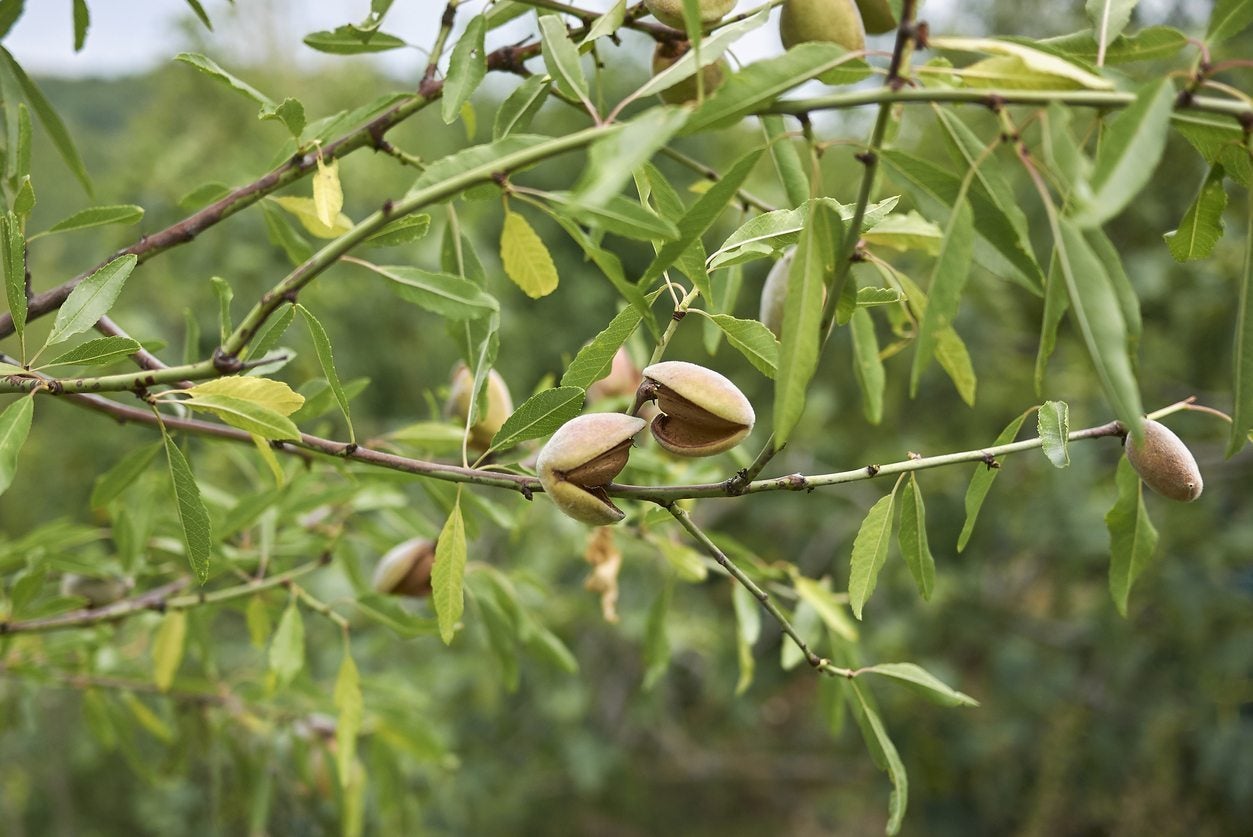
Almonds are not actually nuts. They belong to the genus Prunus, which includes plums, cherries, and peaches. These fruiting trees are usually propagated by budding or grafting. How about rooting almond cuttings? Can you grow almonds from cuttings? Keep reading to find out how to take almond cuttings and other information about propagating almonds from cuttings.
Can You Grow Almonds from Cuttings?
Almonds are usually grown by grafting. Since almonds are most closely related to peaches, they are usually budded to them, but they can also be budded to plum or apricot rootstock as well. That said, since these fruiting trees can also be propagated via hardwood cuttings, it is natural to assume that rooting almond cuttings is possible.
Will Almond Cuttings Root in the Ground?
Almond cuttings will likely not root in the ground. It seems that while you can get hardwood cuttings to root, it is quite difficult. This is no doubt why most people propagate with seed or by using grafted cuttings rather than propagating almonds from hardwood cuttings.
How to Take Almond Cuttings
When rooting almond cuttings, take cuttings from healthy exterior shoots that are growing in full sun. Choose cuttings that appear strong and healthy with well-spaced internodes. Central stem or basal cuttings from last season’s grown will be most likely to root. Take the cutting from the tree when it is dormant in the fall. Cut a 10 to 12 inch (25-31 cm.) cutting from the almond. Be sure the cutting has two or three nice looking buds. Remove any leaves from the cutting. Dip the cut ends of the almond cuttings into rooting hormone. Plant the cutting in a soilless media which will allow it to be loose, well-draining, and well-aerated. Place the cutting with the cut end in the pre-moistened media down an inch (2.5 cm.) or so. Place a plastic bag over the container and place it in a 55 to 75 degrees F. (13-24 C.) indirectly lit area. Open the bag every day or so to check to see if the media is still moist and to circulate air. It may take some time for the cutting to show any root growth, if at all. In either case, I find that trying to propagate anything myself is a fun and rewarding experiment.
Gardening tips, videos, info and more delivered right to your inbox!
Sign up for the Gardening Know How newsletter today and receive a free copy of our e-book "How to Grow Delicious Tomatoes".

Amy Grant has been gardening for 30 years and writing for 15. A professional chef and caterer, Amy's area of expertise is culinary gardening.
-
 Looking For Plants To Give You The Soft And Fuzzies? Try These 5 Fuzzy Leaf Plant Options
Looking For Plants To Give You The Soft And Fuzzies? Try These 5 Fuzzy Leaf Plant OptionsLovers of texture, drama, silver foliage and tactile plants will adore these special sensory garden additions. These fuzzy leaf plant options will leave you all aglow
By Susan Albert
-
 Get Ready For A Summer Of Hummers! Grow These Full Sun Hummingbird Plants and Flowers
Get Ready For A Summer Of Hummers! Grow These Full Sun Hummingbird Plants and FlowersIf you’re lucky enough to enjoy a sunny backyard, make sure you are maxing out on your pollinator opportunities and grow these full sun hummingbird plants and flowers
By Tonya Barnett
-
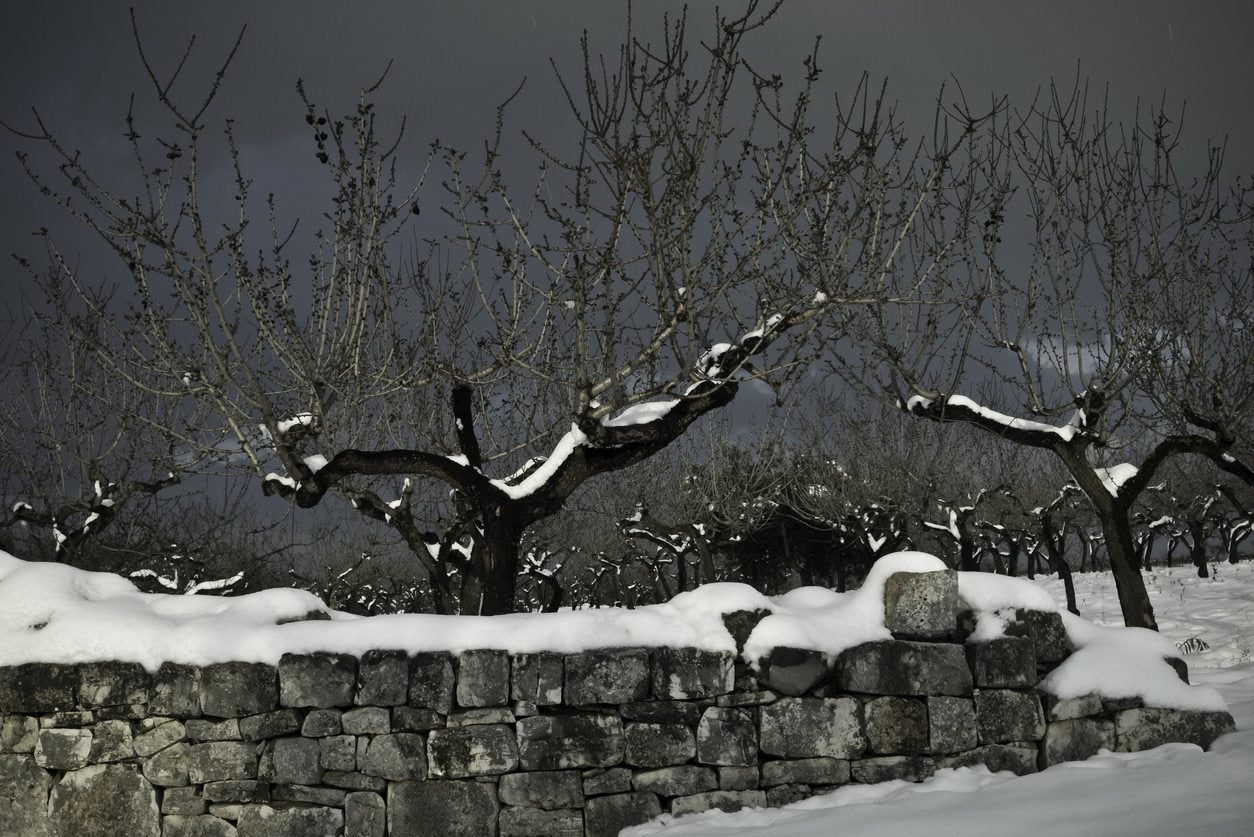 Almond Winter Care – What To Do With Almonds In Winter
Almond Winter Care – What To Do With Almonds In WinterWith early blooms in mild climates, almond trees are making their way into the landscape, providing homeowners with early spring blooms, healthy nuts and an attractive landscape plant. Click this article for tips on what to do with almonds in the winter.
By Darcy Larum
-
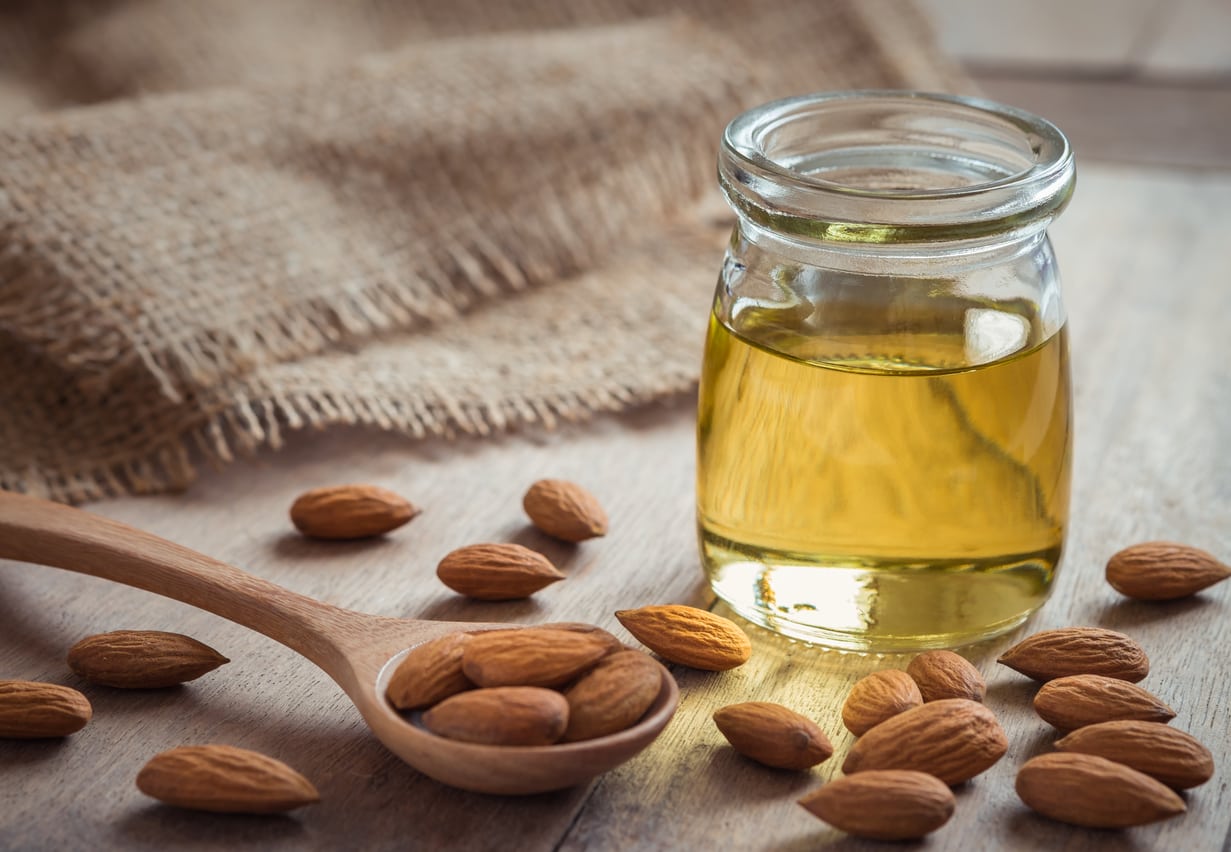 Almond Oil Information: Tips For Using Almond Oil
Almond Oil Information: Tips For Using Almond OilAlmond oil is nothing new. But exactly what is almond oil and how do you use it? The following article contains almond oil information. Learn about the uses of almond oil and more. Click here to learn more.
By Amy Grant
-
What Is Hull Rot: Learn How To Avoid Rotting Nut Hulls
Almond hull rot is a fungal disease that affects the hulls of nuts on almond trees. It can cause big losses in almond farming, and the occasional backyard tree. Understanding basic identifying factors can help you manage this disease. Learn more in this article.
By Mary Ellen Ellis
-
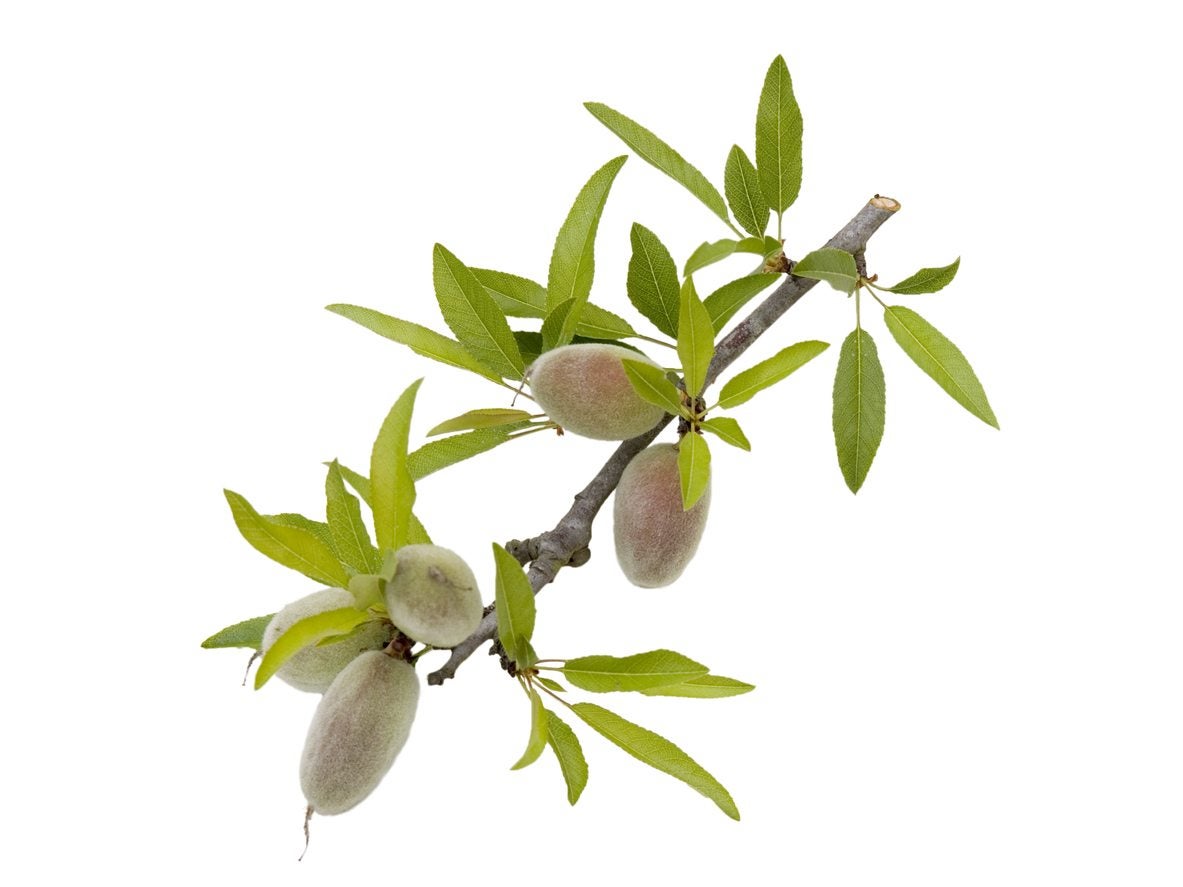 Almond Propagation Methods: Tips On Propagating Almond Trees
Almond Propagation Methods: Tips On Propagating Almond TreesAlmond trees have become a popular nut tree for home gardens around the world. They can be purchased from garden centers and nurseries, or propagated at home from an existing almond tree. Click here to learn how to propagate an almond tree.
By Darcy Larum
-
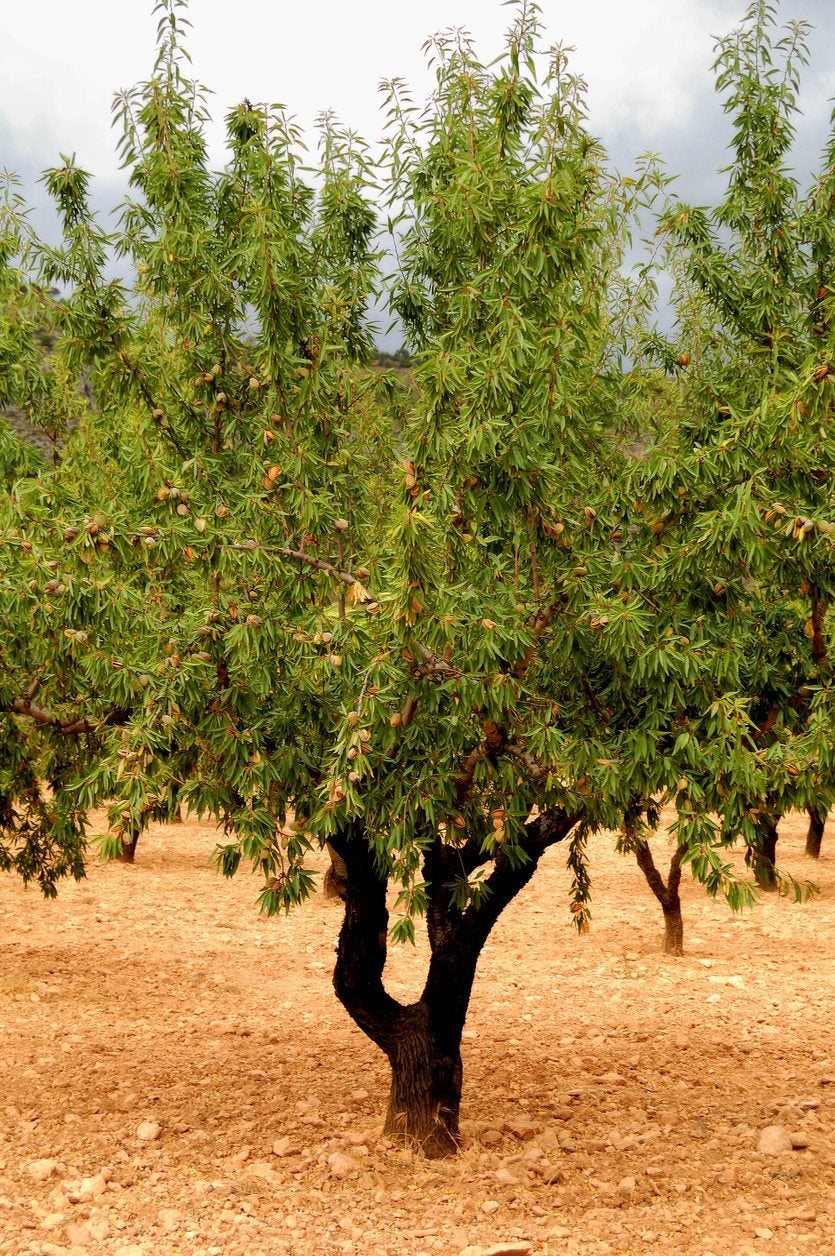 Moving An Almond Tree – How To Transplant Almond Trees
Moving An Almond Tree – How To Transplant Almond TreesDo you have an almond tree that for one reason or other needs to be moved to another location? Then you're probably wondering if you can transplant an almond? If so, click on this article for some helpful almond transplant tips.
By Amy Grant
-
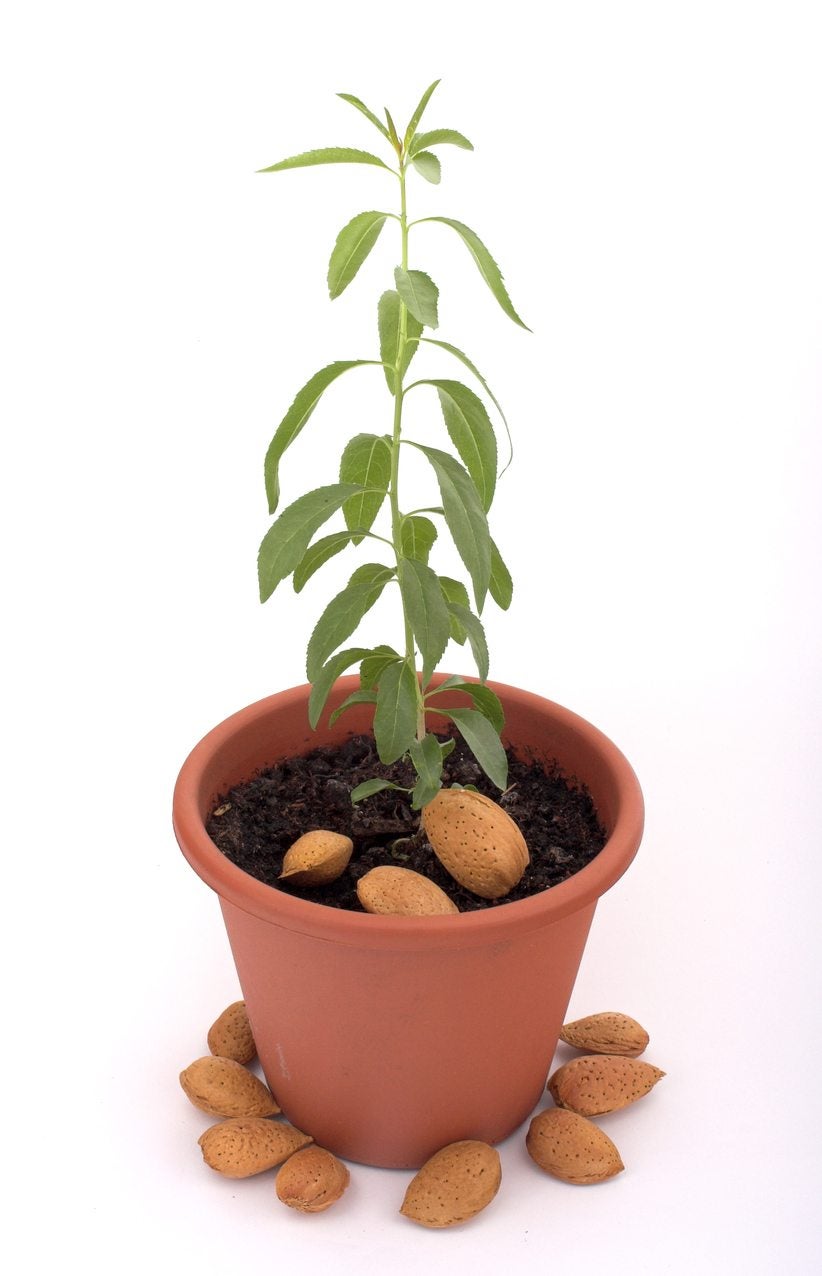 Planting Almond Nuts – How To Grow An Almond From Seed
Planting Almond Nuts – How To Grow An Almond From SeedAlthough almond germination does take a little know how, propagating your own seed grown almond trees is definitely a fun project for the novice or avid home gardener. Click on the following article to find out how to grow an almond from seed.
By Amy Grant
-
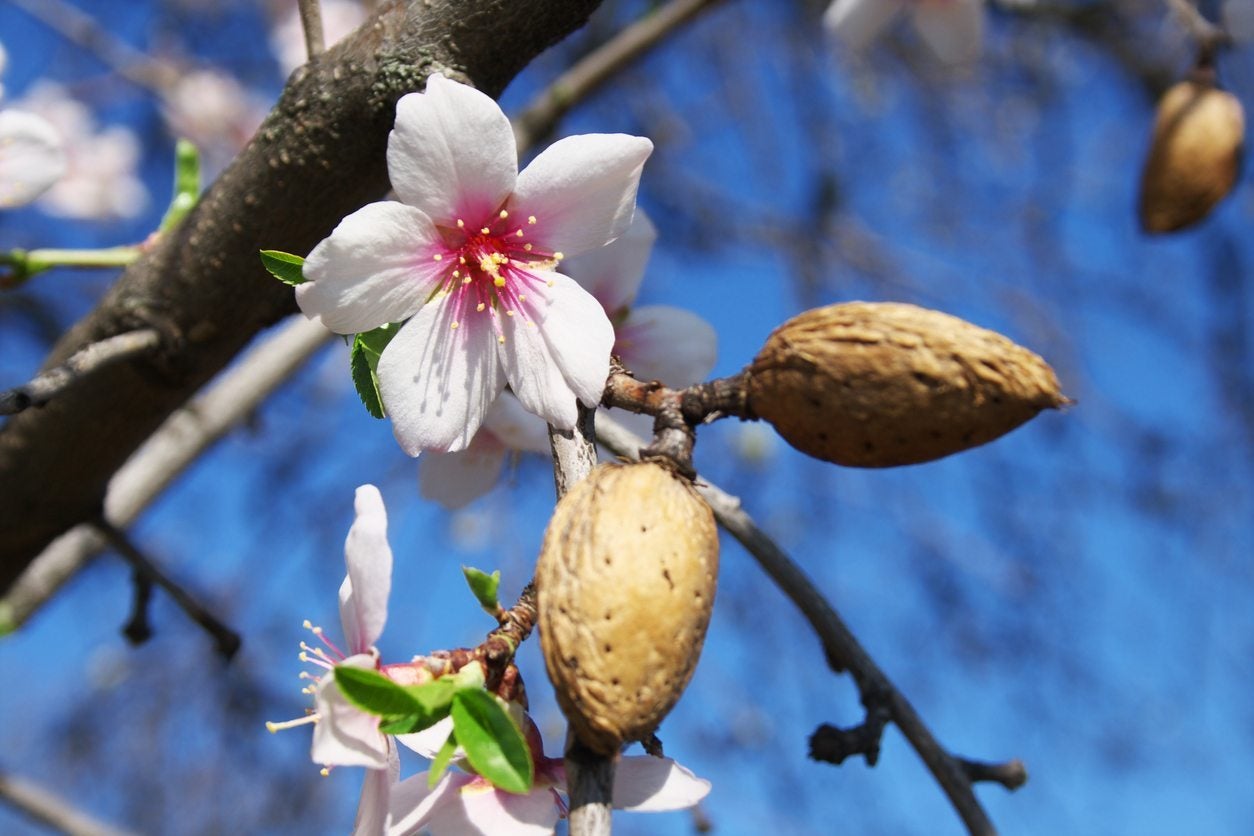 Almond Pest Control – Recognizing Almond Tree Pest Symptoms
Almond Pest Control – Recognizing Almond Tree Pest SymptomsUnfortunately, humans aren?t the only ones that enjoy almonds; there are lots of bugs that eat almonds, or the tree?s foliage. When treating pests on almond trees, it?s important to recognize almond tree pest symptoms. The following article can help with that.
By Amy Grant
-
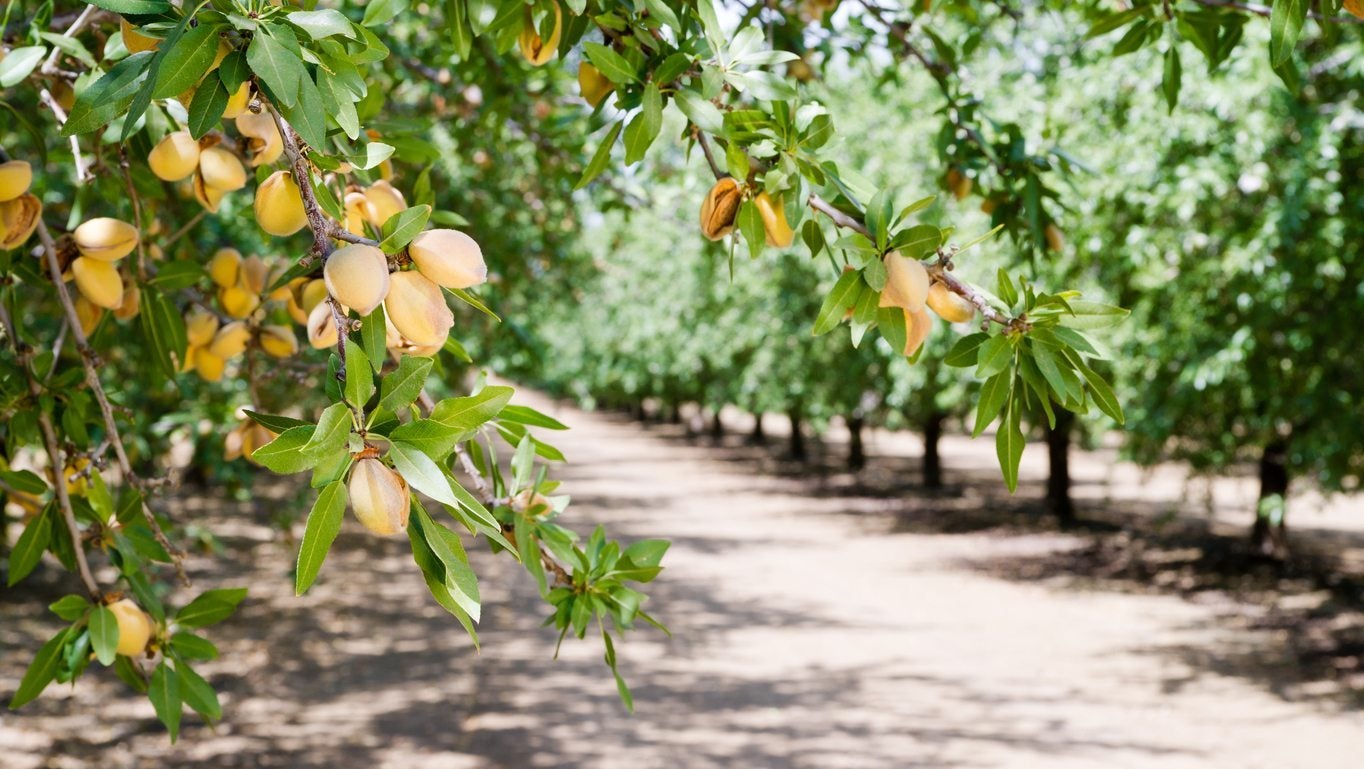 Almond Tree Cultivars: What Are The Best Varieties Of Almond
Almond Tree Cultivars: What Are The Best Varieties Of AlmondIf you are planting almond trees, you will have to select among many different almond trees and almond tree cultivars. Your choice will have to take into account a variety of factors. Click this article for information about types of almond trees.
By Teo Spengler